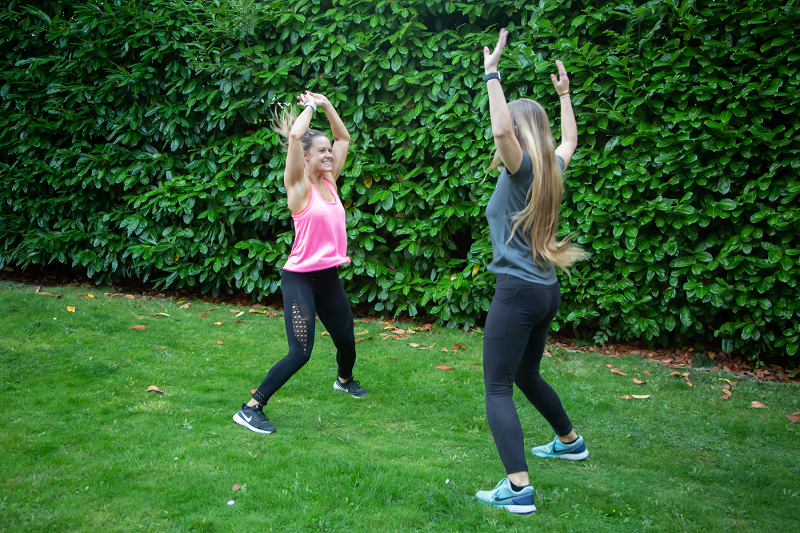In recent years, the high-intensity interval training (HIIT) approach has exploded with popularity, and for good reason. Short bursts of high-intensity exercise have been shown to be effective for fat loss and improving various health markers. HIIT workouts can also be completed effectively over a short duration. This makes them appealing and doable in today’s busy modern lifestyles.
But are they always the best answer? Qualified personal trainers are well versed in the knowledge that one size does not fit all when it comes to fitness programs. Just because something is ‘trendy’ or backed by scientific studies, it doesn’t mean it’s always going to be the best choice for any given client. There are so many factors to consider in program design, from the person’s medical and injury history and current status to their goals, preferences and lifestyle considerations.
So is there still a place for the ‘less sexy’ steady-state cardio in your 2019-2020 fitness plan? Let’s take a look at the benefits of each type of cardio, side by side.
HIIT training involves alternating between short bursts of high-intensity exercise and recovery periods. There are various protocols that can be used when it comes to the length of the high-intensity exercise portion and the recovery portion.
Tabata is one well known HIIT protocol that involves 20 seconds of high intensity followed by 10 seconds of recovery and repeated for four minutes. This is known as a 2:1 work/rest ratio. HIIT work/rest ratios can vary greatly. For example, you could use a 1:3 protocol or even a 1:12 protocol depending on your objective.
The ‘work’ portion in HIIT training could range from just a few seconds, up until about 2 minutes, to ensure that it’s primarily an anaerobic activity. It’s generally performed at around 85-100% of maximum capacity. A HIIT cardio session could be completed in a number of ways including varying the resistance level and/or speed on one piece of cardio equipment or performing various bodyweight cardio-based exercises such as mountain climbers and burpees.
Conversely, steady-state cardio involves maintaining a steady energy output (usually at around 50-70% of maximal capacity) during your cardio session. Energy output remains relatively consistent and the intensity of the ‘work’ is comparatively lower because the work portion is continuous. Examples could include going for a jog or swim where you don’t vary your intensity by much.
Cardio exercise can also be known as ‘huffy puffy’ exercise. It’s the type of activity that really gets your heart rate elevated. It’s important to recognise that both steady-state and HIIT training can be effective forms of cardio training. Both forms of cardio can be beneficial for lowering blood pressure, burning body fat, improving insulin sensitivity and improving oxygen consumption.
Studies vary in their findings in terms of which type is ‘better’ in terms of improving any given health marker. Therefore, let’s focus on the most consistent findings associated with each type of training.

Both types of cardio have their merits and both can have a place in your program. Ultimately, your program design depends on a number of important factors including enjoyment, past and current medical and injury history, specificity in terms of your goals, and your lifestyle considerations.
Our at-home personal trainers can help you make sense of it all and design your program with all these factors in mind. They’ll help you create a balanced program that has just the right mix of variables for where you’re at right now, and what you want to achieve.
Get in touch so we can help you get the best results and enjoyment from a cardio program that is tailored to your needs.
Do you do HIIT, steady-state or both types of cardio in your program? Leave a comment below!
Learn and apply the 5-step journey we use to help clients transform their health and firnes from home
Plus get our best tips, blogs and motivation from the nationwide team every week.
Your email address will only ever be used to send you health & fitness tips, in accordance with our Privacy Policy
